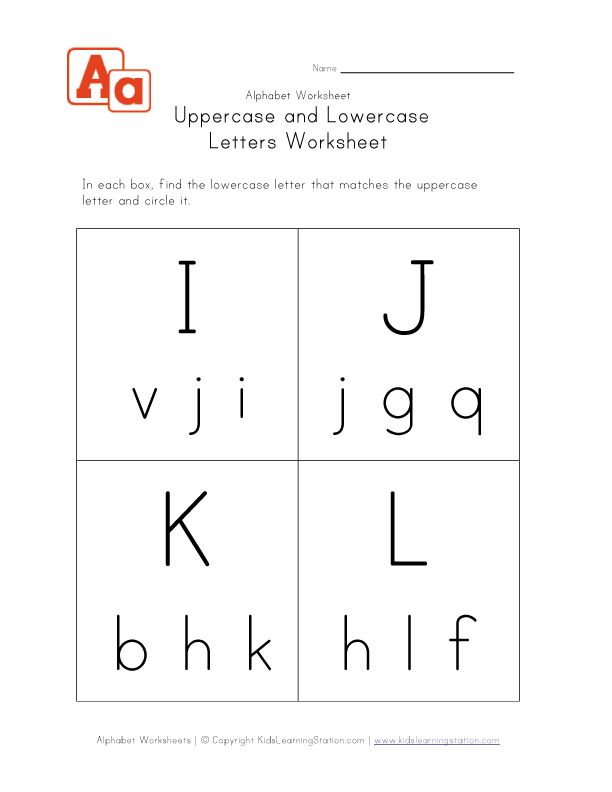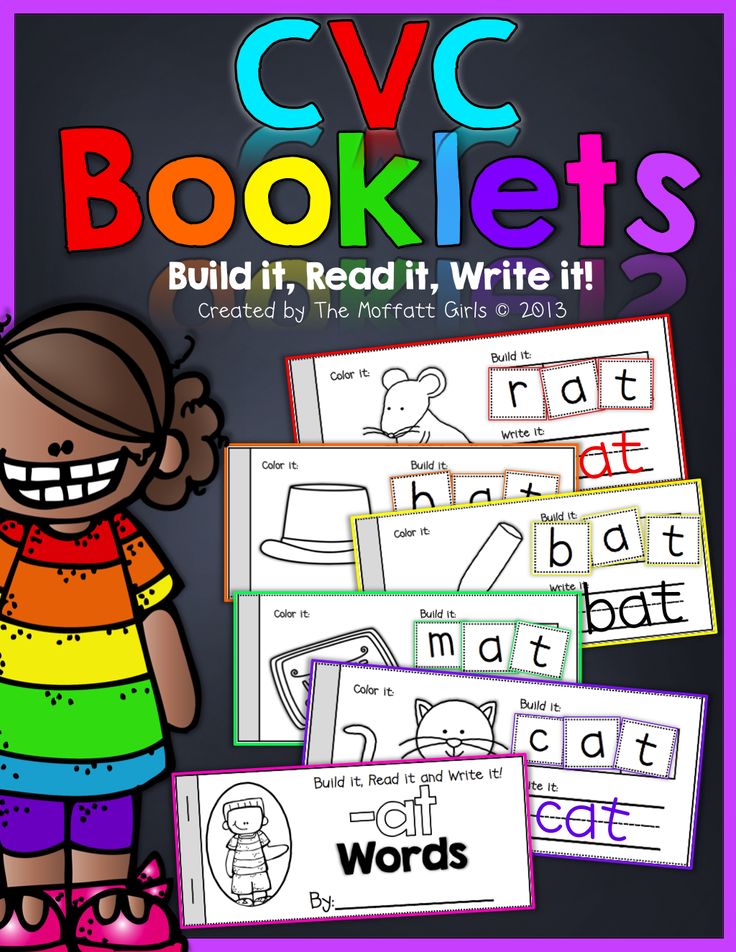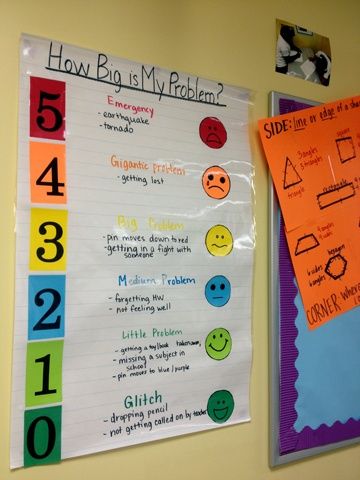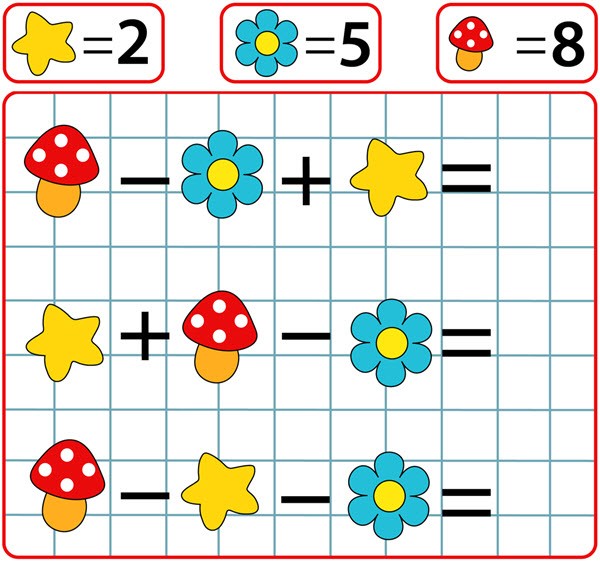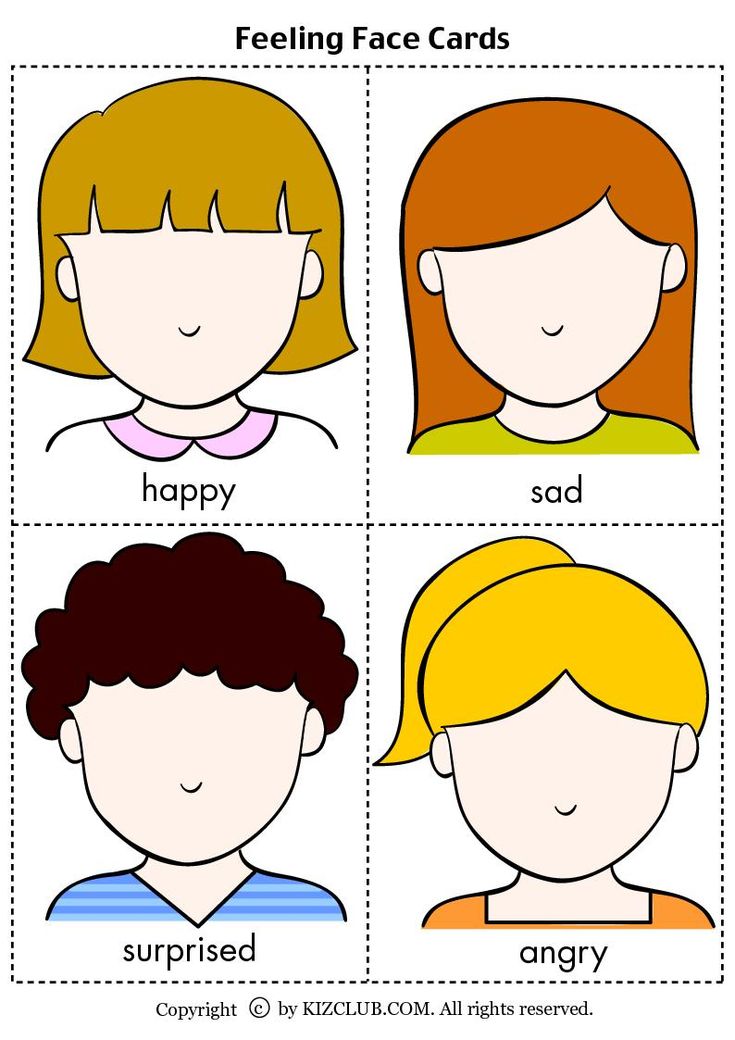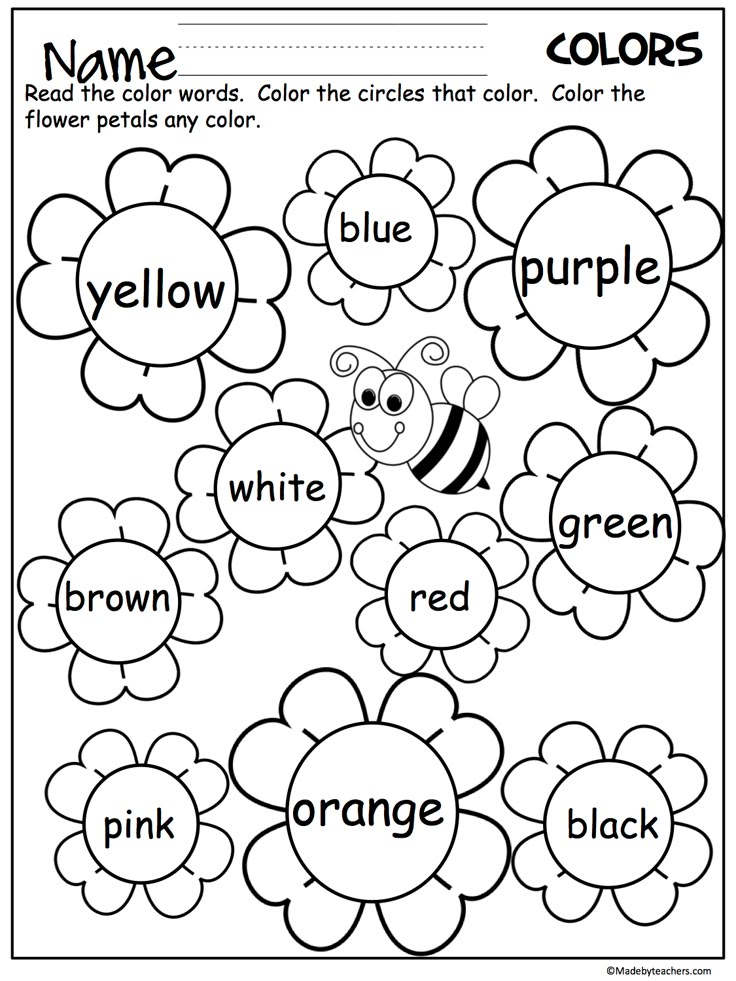What is solitary play
What Is Solitary Play? Definition, Age, Games, Examples, and More
As your little one starts to play with toys and explore objects around your home, they may do so interacting with you at times, and at other times, go at it alone.
Solitary play, sometimes called independent play, is a stage of infant development where your child plays alone. While that may seem sad at first — is your baby already preparing to leave the nest? — rest assured that they’re learning important skills.
Solitary play teaches babies how to entertain themselves — undoubtedly helpful when you need to get things done — and also fosters their future independence.
Solitary play is often first seen in children ages 0–2, before they start interacting and playing with other kids. Independent play is also a stage that older preschoolers and children choose to engage in after they know how to play with others, proving just how valuable this skill is.
Solitary play is considered the second of Mildred Parten Newhall’s six stages of play. Here’s where it falls, if you’re keeping track:
- Unoccupied play. Your baby is just starting to take in the world around them without much interaction beyond observation. Their surroundings are fascinating!
- Solitary play. Much to your delight, your baby starts reaching for and interacting with objects. Sure, they’re playing alone — but it’s delightful to see the wonderment at this stage. They don’t yet understand or care that others around them may be playing, too.
- Onlooker play. Your child observes others, but isn’t playing together with them. You may notice your little one pausing in their play to watch you as you do things around a room.
- Parallel play. Your child plays at the same time as others in the general vicinity, but doesn’t interact with them. Think of a busy call center where rows of telemarketers are all making their own phone calls. (On second thought, don’t think of that.
 )
) - Associative play. Your child plays next to or alongside other kids doing similar activities. They start to adorably talk to or interact with one another but won’t organize or synchronize activities.
- Cooperative play. Makin’ you proud — when your child plays with others cooperatively and is interested in both the other kids and the activity.
Your baby may start playing — we use the term a little loosely at this age — independently as young as 2 or 3 months, or as soon as they can start seeing bright colors and textures.
As they grow a little more, they’ll take a bigger and bigger interest in toys and objects around them. This may occur from 4–6 months. You can set them up on a mat or blanket on the floor and watch them take an interest in toys, objects, or a play gym without your help.
Solitary play will continue beyond babyhood. Most toddlers and preschoolers around ages 2–3 start to take an interest in interacting and playing with other children, but that doesn’t mean solitary play stops. It’s healthy for your child to play alone from time to time.
It’s healthy for your child to play alone from time to time.
If you’re concerned about your little one’s play habits or worried they’re playing alone too often, talk to an amazing resource you have — your child’s pediatrician.
Solitary play for infants is downright adorable and may include:
- looking at colorful pictures in board books
- sorting and stacking nesting bowls
- interacting with their play gym
- playing with blocks
Examples of solitary play for toddlers/preschool-aged children — who may choose to play alone even when they are able to play with others — include:
- “reading” or flipping through books on their own
- working on a project like a Lego set
- putting together a puzzle
- coloring or painting on large sheets of paper or in coloring books
- playing with wooden blocks or a train set
- playing in their play kitchen
And because we could all use some additional ideas, here are some more solitary play options for your toddler/preschool-aged child if they’re upset to have no playmates around:
- Give your child a “Where’s Waldo” or “I-Spy” book they can look at by themselves.

- Watch your child play on a hopscotch board outside they can jump through without your help.
- Give your child age-appropriate matching card games they can play on their own.
- Look for age-appropriate sets of toys your child can put together on their own, like magnetic wooden blocks, Lego Duplo, or Magna-Tiles.
Fosters independence
When your child is a newborn, you do everything for them — even hand them a toy. As they grow into the solitary play stage, they’ll start to reach for things nearby on their own. Even though they’re still so young, babies entering this phase start to develop independence.
It may be hard to see now, but they’ll eventually figure out how to problem solve, build, or do a new toy on their own. If you let them be without interfering, you’re allowing your child to become more independent later on. We know, it’s bittersweet.
Helps develop preferences and interests
When your baby is playing independently, they’re also developing their own preferences and interests. Later on, they may be part of a group of children who all like similar toys and activities.
Later on, they may be part of a group of children who all like similar toys and activities.
For now, they’re deciding whether they like the red or green ball best. This is a must for understanding what they like and don’t like in the world, research shows.
Develops creativity and imagination
You can set out toys for your little one, but it’s up to them what they decide to play with during solitary play. Their focus is on the objects of their play only, and babies may even become upset if you try to join in or direct the play with the objects in front of them.
Don’t take it personally — developing a mind of their own and laying the foundation for future imagination is a good thing!
Develops powers of concentration, persistence, and completion
Research shows that later on, when your toddler or preschooler chooses to engage in solitary play, they’re in charge of their actions. This allows them to focus on what they want to do and learn to work through problems. They also learn to complete a task.
They also learn to complete a task.
If this sounds pretty far off for your tiny baby currently playing alone in their play gym and not even able to sit up independently, give yourself a pat on the back anyway — you’re helping to ensure that they’ll be taskmasters before you know it.
Solitary play has so many benefits for your child. But around preschool age, if your child hasn’t started interacting or playing with other kids, you may be concerned.
You and your child’s caregivers can slowly start to encourage them to interact with other children who may have similar interests. Keep in mind, all children develop at their own pace, so your kid may start to play with others slightly later. That’s OK.
You can always talk to your child’s pediatrician about any concerns you have about their development. They can recommend a child psychologist or counselor, if needed.
Remember, even when your little one is playing alone, that doesn’t mean you don’t need to supervise them.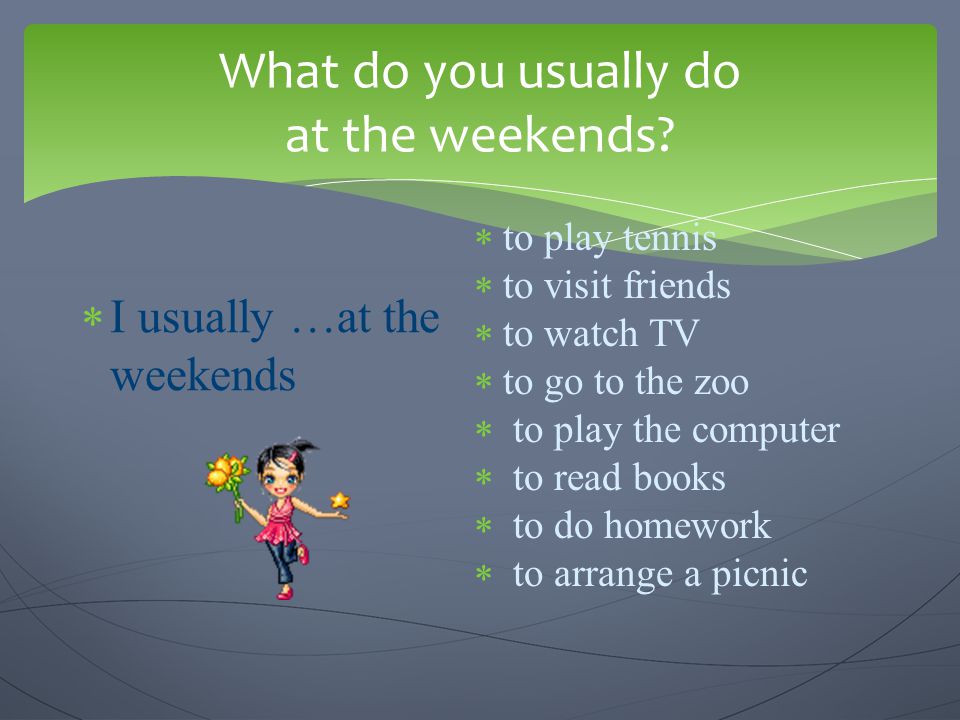 Sit back and let your young child have their playtime while continuing to keep an eye on them. But try not to interfere unless it’s necessary.
Sit back and let your young child have their playtime while continuing to keep an eye on them. But try not to interfere unless it’s necessary.
One final note: Try to separate independent or solitary playtime from screen time. They aren’t the same thing. Excessive screen time for toddlers may interfere with healthy development, research shows.
Meaning, Age Range, Examples, and More
Your child is standing on the sidelines, watching the other kids play. Seems like they’re just looking on, right?
Wrong. Onlooker play is an important developmental stage. It’s not just child’s play — it’s serious business.
Sociologist Mildred Parten divided play into six stages. At each of these stages, your child develops cognitive and social skills that form the foundation for future successful interaction with others. And it happens even when they’re just watching.
Jean Piaget defined the different stages of play primarily by the cognitive developmental stages that a child reaches. Parten saw things a little differently. She emphasized that learning to play is very much about learning how to relate to others.
Parten saw things a little differently. She emphasized that learning to play is very much about learning how to relate to others.
Here’s a quick look at Parten’s six stages of play:
- Unoccupied play. Your child isn’t playing yet — just watching or standing in one spot and sometimes making random movements.
- Solitary play. Your child is fully focused on their own activity and unaware of other children around them.
- Onlooker play. Your child watches and even comments on other kids playing but doesn’t join in.
- Parallel play. At this bridging stage, children play alongside each other, but remain in their separate worlds.
- Associative play. Children interact with each other, but the activities aren’t coordinated.
- Cooperative play. Around kindergarten age, playtime becomes well-organized and the children have assigned roles.
Don’t hold a stopwatch because we aren’t all programmed to run on the same timetable. But as a rule of thumb, you can expect onlooker play to begin when your toddler reaches between 2 1/2 and 3 1/2 years of age.
But as a rule of thumb, you can expect onlooker play to begin when your toddler reaches between 2 1/2 and 3 1/2 years of age.
If your heart breaks because you see your child standing on the edge, watching quietly as the other kids play, don’t reach for your tissues. Celebrate — your toddler has reached another milestone. Remember those previous play dates when your child wasn’t even aware that there were other kids in the room.
Onlooker play is a big part of a child’s development. While your child may seem passive when they’re just watching, they’re actually pretty busy working on cognitive and social-emotional skills.
Cognitive skills
Observation sharpens perception, attention, memory, and thinking. By noticing how gestures and words are used, kids are laying the groundwork for the more complex symbols (writing and math) that they will learn in school.
Social-emotional skills
In his famous Bobo doll experiments, Albert Bandura, hailed as the father of the cognitive theory, showed that kids learn how to behave from observing others.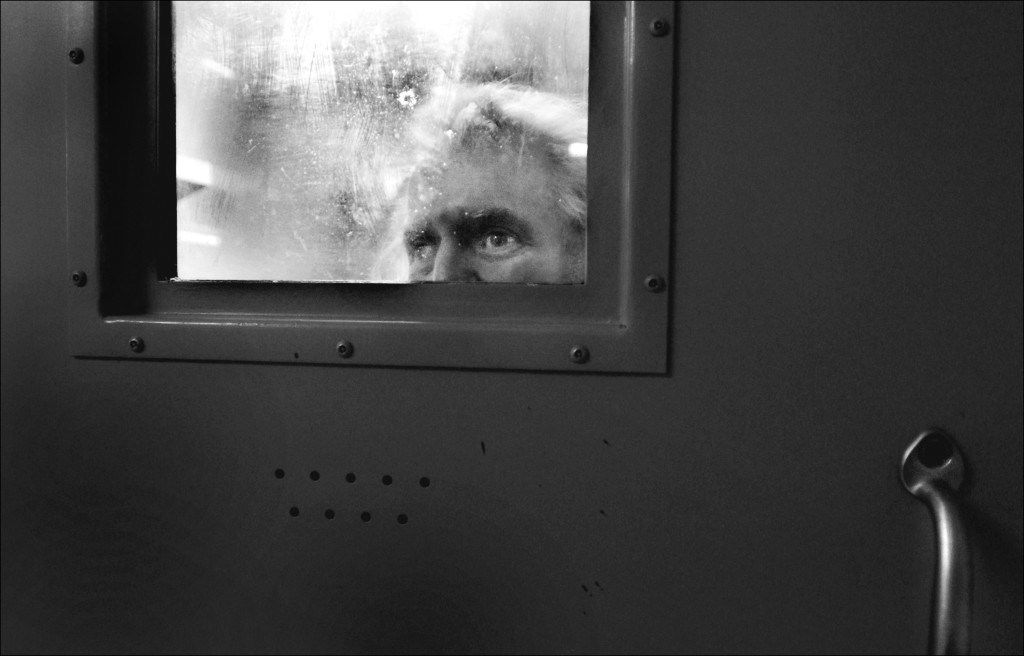 It’s a one-way street: Watch, assimilate, and then imitate.
It’s a one-way street: Watch, assimilate, and then imitate.
Need more convincing? Psychologist Lev Vygotsky says that observation “refines the natural state of behavior of the child and alters completely anew the whole course of his development.” Observation teaches some important lessons including:
- The rules of engagement.Observation teaches kids how to cooperate with other kids, how to listen to the rules, and how to better rein in their own impulses. They realize that sticking to the structure of play is worth it — they get more pleasure from the game than from satisfying an immediate impulse.
- Different strokes for different folks. Some children are naturally more reserved. Researchers call these kids slow-to-warm-up. They gain the most from onlooker play. As they watch other kids at play, they learn. Armed with this knowledge, they gain the self-confidence needed to move on to the next stage of play.
Your toddler loves watching other children at play.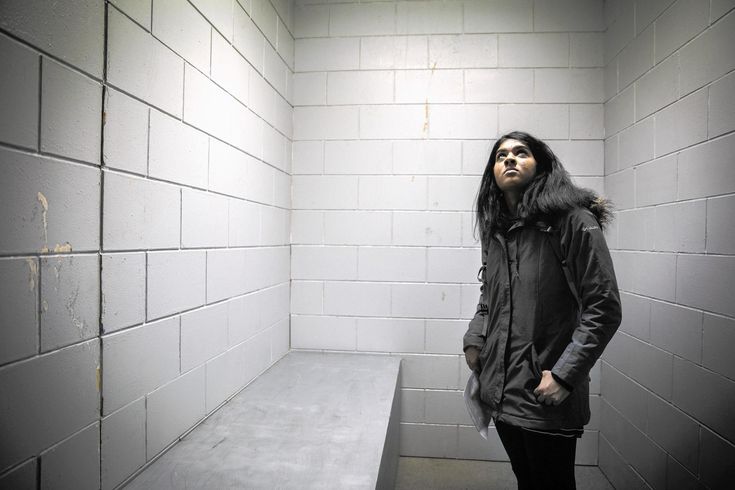 But at this early stage, they’re more interested in watching quietly from the sidelines than in directly participating. Here’s what you’ll notice at the onlooker stage:
But at this early stage, they’re more interested in watching quietly from the sidelines than in directly participating. Here’s what you’ll notice at the onlooker stage:
- Your toddler sits or stands near other children who are playing, but doesn’t get involved.
- They may stay within earshot so that they can keep tabs on what’s going on.
- They may talk to other kids, ask questions, and give suggestions, but no more.
- In Montessori classrooms, kids typically range from 2 1/2 to 6 years of age. It’s common to see the younger children watching the older children play from a safe distance.
- Remember that slower-to-warm-up child? This child feels safe watching from a distance but may throw in a suggestion when they get a chance.
- Sports’ spectators are also engaged in onlooker play — some good things never come to an end!
We all want to help our kids reach important milestones. And, to be totally honest, it hurts when you see your kid on the sidelines — even when you know that this developmental stage will soon pass. So, what can you do to nudge the onlookers onto the next stage? Here are some great ideas:
So, what can you do to nudge the onlookers onto the next stage? Here are some great ideas:
- Be on hand when your child plays to offer support and care. Researchers recommend switching off your phone when you’re with your child. When you take part in the game, onlookers are more likely to take part as well.
- Give your toddler the opportunity to role play. Build a collection of hats, scarves, purses, shoes, blankets, dishes, broken phones, keyboards, and anything else you’re tempted to toss out. Store the props on low shelves and in open tubs so that your child can pick and choose easily. When you play with your toddler, or invite a friend for a play date, the props give them a starting point for play.
- You can grease the wheels of successful play with open-ended questions like, “Is it time to feed the baby?” or “How can you build the farm?”
- Play dates can stretch your nerves, because playing with others is a learning curve. Expect squabbles and, when they occur, referee calmly — the kids are doing what kids do.

- Have you recently installed an air conditioner or a bought a new appliance? Keep the box they come in and make a house. Go ahead and crawl inside, and your toddler will likely do the same.
When your toddler reaches 3 1/2 to 4 years of age, they’ll probably move on to the next stage of developmental play — parallel play. At this stage, you’ll see your child actually playing next to other kids, but not yet playing together. The kids will probably share their resources, but they won’t have a common goal.
You may notice that your child and their friend are playing with blocks, but they’ll each build their own tower. Stay on hand in case they start to squabble over the blocks! The kids might have a blast with your costume box, but they likely won’t assign roles.
What happens when you notice that your child hasn’t moved on to the onlooker play stage? Maybe they’re still fully engaged in the solitary play stage and don’t show any interest in what the other kids around them are doing.
Breathe easy… it happens. The guidelines for the age ranges of the play stages are simply guidelines. Up to 15 percent of kids are slower to warm up. These kids may be shy or super-cautious.
And a heads up: Sometimes even though a child has mastered parallel or associative play, they may still slip back to the onlooker stage. That’s perfectly normal. Don’t you also have days when you’re perfectly happy to sit back and watch the world pass by?
That said, if you have any concerns about your child’s development, reach out to your pediatrician.
Your child is growing up. As their cognitive, communication, and social-emotional skills come together, you’ll notice that the onlooker play has morphed into parallel and then associative play. Watch out, because soon they’ll be asking for the car keys!
What is single player? - Drink-Drink
Are you going alone?
As your little one begins to play with toys and explore around your home, he may do so from time to time with you and sometimes alone.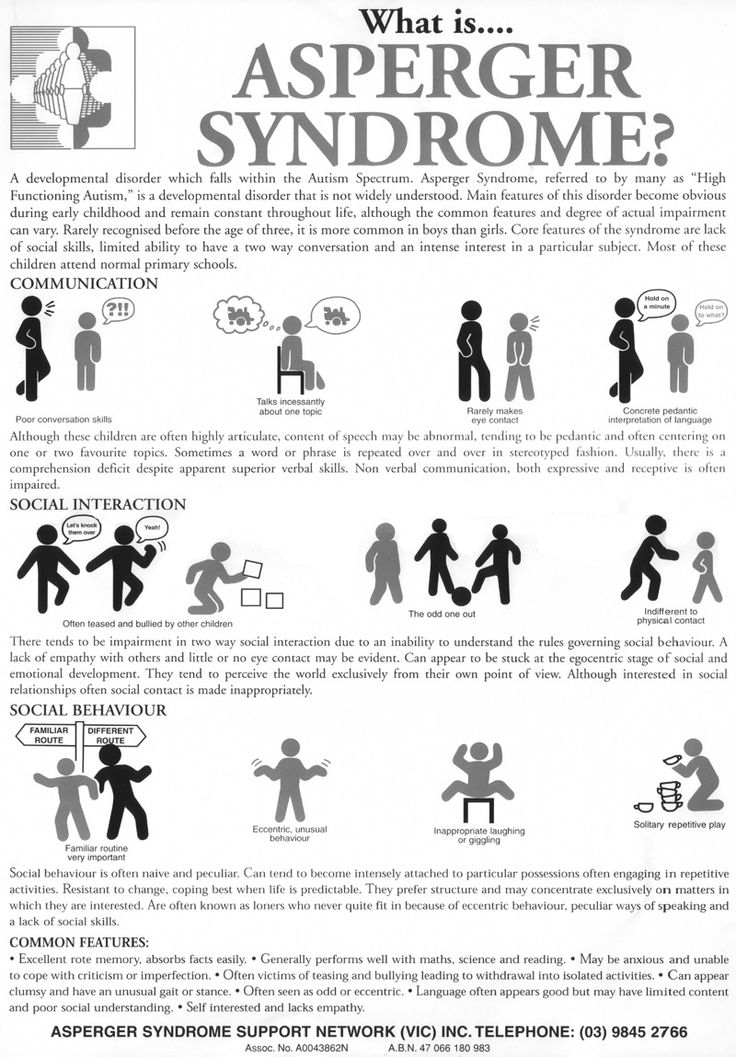
Solitary play, sometimes called independent play, is a stage of infant development in which your child plays alone. While it may seem sad at first, is your baby getting ready to leave the nest? - be sure they are learning important skills.
Playing alone teaches children how to entertain themselves, which is certainly helpful when things need to be done, and also promotes their independence in the future.
Solitary play is often first noticed in children between the ages of 0 and 2, before they begin to interact and play with other children. Independent play is also the stage older preschoolers and children choose to participate in after they know how to play with others, proving how valuable this skill is.
How the single game fits into the 6 stages of the game
The single game counts as the second of the six stages of the Mildred Parthen Newhall game. Here's where it falls if you're following:
- Idle game. Your child is just beginning to perceive the world around him without much interaction other than observation.
 Their environment is amazing!
Their environment is amazing! - Lonely game. Much to your delight, your child is beginning to reach for and interact with objects. Of course, they play alone, but it's nice to see surprise at this stage. They do not yet understand and do not care that others can also play.
- Spectator game. Your child watches others but does not play with them. You may notice that your little one pauses in their play to watch you do something in the room.
- Parallel game. Your child plays at the same time with other people in the immediate vicinity, but does not interact with them. Think of a busy call center where rows of telemarketers make their own phone calls.
- Association game. Your child plays with or near other children doing similar activities. They will start talking or interacting nicely with each other, but will not organize or synchronize activities.
- Joint game.
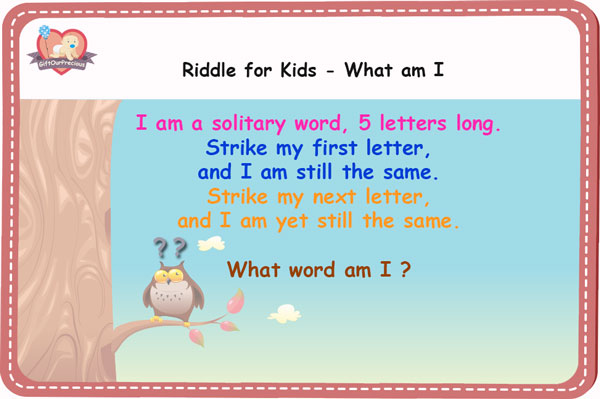 Makes you proud when your child plays with others and is interested in both other children and activities.
Makes you proud when your child plays with others and is interested in both other children and activities.
When babies usually enter this stage
Your baby may start to play - at this age we use the term somewhat vaguely - on their own at 2 or 3 months or as soon as they start seeing bright colors and textures.
As they grow a little, they will show more and more interest in toys and objects around them. This can happen between 4 and 6 months of age. You can lay them down on a rug or blanket on the floor and watch them show interest in toys, objects, or the playroom without your help.
Solitary play will continue after infancy. Most toddlers and preschoolers between the ages of 2 and 3 begin to show interest in socializing and playing with other children, but that doesn't mean that solitary play is over. It is good for your child to play alone from time to time.
If you're concerned about your toddler's play habits, or worried that he plays alone too much, talk to your wonderful assistant, your child's pediatrician.
Examples of single play
Single play for babies is adorable and may include:
- looking at colorful pictures in board books
- sorting and stacking nest bowls
- interacting with their playroom
- playing with blocks
Examples of solitary play for toddlers/preschoolers who may choose to play alone, even though they may play with others, include:
- “read” or leaf through books on their own
- working on a project similar to the Lego set
- jigsaw puzzle
- coloring or drawing on large sheets of paper or coloring books
- playing with wooden blocks or a train
- playing in their play kitchen
And since we all might need some extra ideas, here are some more solo play options for your toddler/preschooler if they're frustrated by their lack of playmates:
- Give your child a book called Where's Waldo or I'm a Spy ”, which he can view on his own.

- Watch your child play on an outside hopscotch board that they can jump over without your help.
- Give your child age-appropriate card games that they can play on their own.
- Look for age-appropriate toy sets that your child can build on their own, such as magnetic wooden bricks, Lego Duplo or Magna-Tiles.
The Benefits of Solitary Play
Promotes Independence
When your baby is a newborn, you do everything for him - even hand him a toy. As they progress into the single player stage, they begin to reach for nearby things on their own. Even though they are still so young, children entering this phase begin to develop independence.
It may be hard to see now, but eventually they will figure out how to solve a problem, build or make a new toy on their own. If you let them be without interfering, you will allow your child to become more independent later on.
Helps develop preferences and interests
When your child plays by himself, he also develops his own preferences and interests.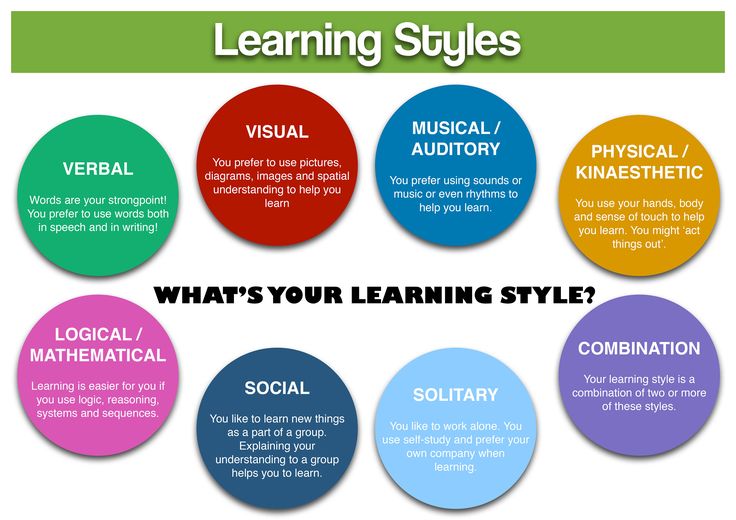 Later, they may become part of a group of children who enjoy the same toys and activities.
Later, they may become part of a group of children who enjoy the same toys and activities.
While they decide whether they like the ball red or green. This is essential for understanding what they like and dislike in the world, studies show.
Develops creativity and imagination
You can lay out the toys for your little one, but he decides what he decides to play with during single play. Their attention is focused only on the objects of their play, and children may even get frustrated if you try to join them or direct the play with the objects in front of them.
Don't take it personally - developing your own thinking and laying the foundation for future imagination is good!
Develops the ability to concentrate, persevere and complete
Research shows that later, when your toddler or preschooler decides to play alone, he is responsible for his own actions. This allows them to focus on what they want to do and learn how to solve problems.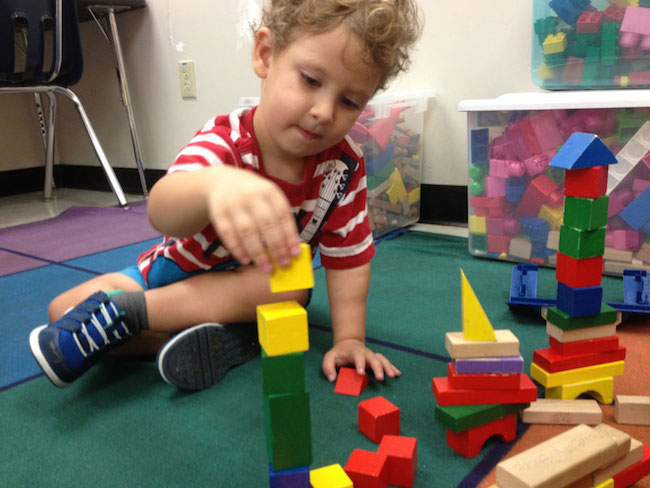 They also learn to complete the task.
They also learn to complete the task.
If that sounds like a far cry to your tiny child who is currently playing alone in their playroom and can't even sit up on their own, give yourself a pat on the back anyway - you're helping to make sure they become taskmasters before you do. you will know it. It.
General concerns about solitary play
Solitary play has so many benefits for your child. But in preschool, if your child hasn't started socializing or playing with other children, you may be concerned.
You and your child's caregivers can gradually encourage your child to connect with other children who may have similar interests. Keep in mind that all children develop at their own pace, so your child may start playing with others a little later. Everything is fine.
You can always talk to your child's pediatrician about any developmental concerns. If necessary, they can recommend a child psychologist or counselor.
Conclusion
Remember, just because your little one plays alone, it doesn't mean you don't need to supervise him. Sit back and let your little one play while keeping an eye on him. But try not to interfere unless it's necessary.
Sit back and let your little one play while keeping an eye on him. But try not to interfere unless it's necessary.
One final note: try to separate independent or solo play time from screen time. It's not the same thing. Research shows that excessive screen time in toddlers can interfere with their healthy development.
Single game | Tactics | Table tennis
There are various ways to win the ball in a single match. However, no matter what technique you use, you must be able to send the ball to the opponent's side in any way so that it is difficult for him to properly respond. For example, a short and high played ball in a meeting with an experienced opponent is useless, as it will most likely be "killed" by him.
Strong players are distinguished by the fact that they are able to respond with an attacking blow even to a strong attacking blow of the opponent.
So, you can win the ball:
a) directing the ball either to the left or to the right side of the table with strikes of different depth, strength and rotation in order to “knock out” the opponent from the center of the playing area - against the middle of the table - and then send the ball to a place inaccessible to him. The finishing blow is especially convenient to deliver after a combination, as a result of which the opponent is forced to play the ball passively - close to the net, short and high;
The finishing blow is especially convenient to deliver after a combination, as a result of which the opponent is forced to play the ball passively - close to the net, short and high;
b) twice (several times) sending the ball in the same direction, i.e. in the direction of the previous strike. A ball directed against the movement of a player waiting for him in another corner of the table often catches the opponent by surprise, and he loses a point, either by not hitting the ball at all on the table, or by giving the ball short, high for the finishing blow;
c) alternating strong twisted attacking blows, pushing the opponent away from the table, with shortened ones, falling near the net itself. An insufficiently fast and mobile opponent either does not have time to reach the ball and reflect it, or gives it to the final blow;
d) using a strong (or sometimes very quiet) precisely directed feed;
e) ahead of the enemy in time, with the help of a quick counterattack. In order to gain superiority in tempo, it is necessary by all possible means to reduce the time available to the enemy to prepare for a retaliatory strike(s). Tempo gains are predominantly achieved by spinning the rising ball and counterattacking.
In order to gain superiority in tempo, it is necessary by all possible means to reduce the time available to the enemy to prepare for a retaliatory strike(s). Tempo gains are predominantly achieved by spinning the rising ball and counterattacking.
Modern table tennis tactics are inextricably linked with playing at a fast pace. Seizing the initiative and having an advantage over the opponent in pace is one of the main tasks of a tennis player performing in a competition. However, one should never forget that a high pace, quickness of the game, frequent use of strong blows must necessarily be combined with high accuracy of the game. It is very, very difficult, but it is necessary to constantly strive for this.
Along with the ability to play at a fast pace, one must be able to change the pace, diversify it depending on the course of the game. For example, when in a difficult position on the defensive, it is often advisable to slow down the pace of the game with a cut, rather than quickly send the ball to the opponent's side with a counter.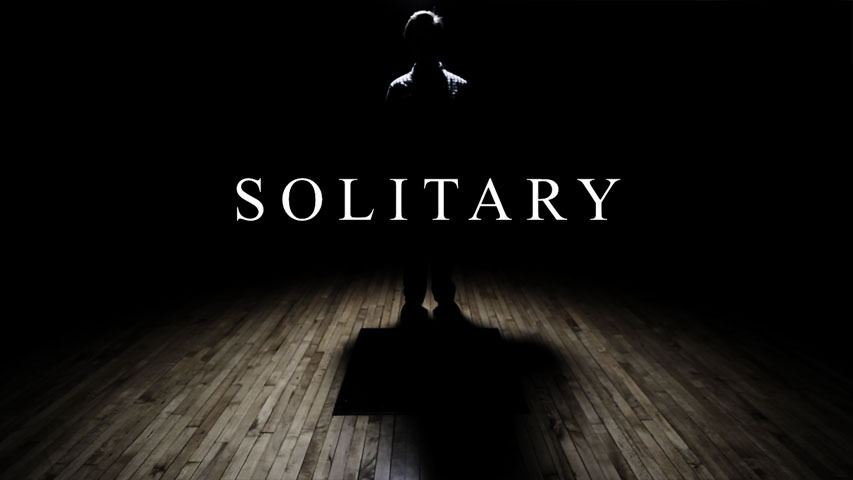 This is necessary in order to gain time to have time to take an advantageous position. A quick response may allow the opponent to carry out a new attacking shot to another corner, and this time it is hardly possible to catch the ball.
This is necessary in order to gain time to have time to take an advantageous position. A quick response may allow the opponent to carry out a new attacking shot to another corner, and this time it is hardly possible to catch the ball.
The unexpectedness of the planned combinations, the creative approach to the game are extremely important in table tennis. You must always strive to diversify your game, change the height of the rebound, the depth and direction of your strikes.
A few words about errors in the game. Although in modern table tennis the active scoring of a point is extremely important, in the meetings of even the strongest athletes, about 50% of the points are won not with the help of attacking techniques, but on the opponent's mistakes. Therefore, inflicting active blows, using other techniques, one should always strive to force the opponent to make a mistake. To force the opponent to make mistakes, you can send most of the balls under the blows that he has the worst command.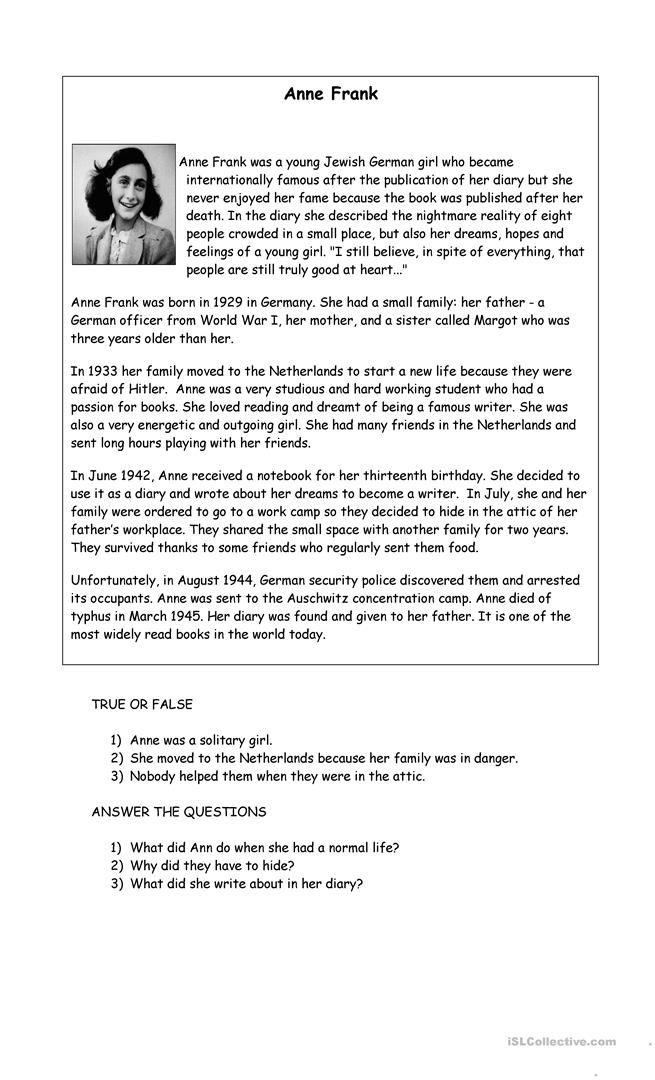 Most mistakes are also usually made by players due to unexpected changes in the pace of play or an unexpected change in the rotation or direction of the ball, achieved mainly with the help of so-called transfer shots, half-shots, cut and twisted shots.
Most mistakes are also usually made by players due to unexpected changes in the pace of play or an unexpected change in the rotation or direction of the ball, achieved mainly with the help of so-called transfer shots, half-shots, cut and twisted shots.
In conclusion, let's consider the use of some basic attacks from the point of view of their tactical expediency.
Supply. This stroke is not only for putting the ball into play. A serve is a kind of attacking blow, either bringing a direct score or giving the opportunity to seize the initiative. It is necessary to constantly diversify the ways of serving the ball, changing the direction, rotation and speed of the ball.
Delivery reception. If the opponent's serve does not present serious difficulties for the receiver, the receiver should seize the initiative with a well-directed counter attack. If the opponent's serve is very difficult to receive, one must try to accurately send the ball to the opponent's side, not to give him the opportunity to seize the initiative.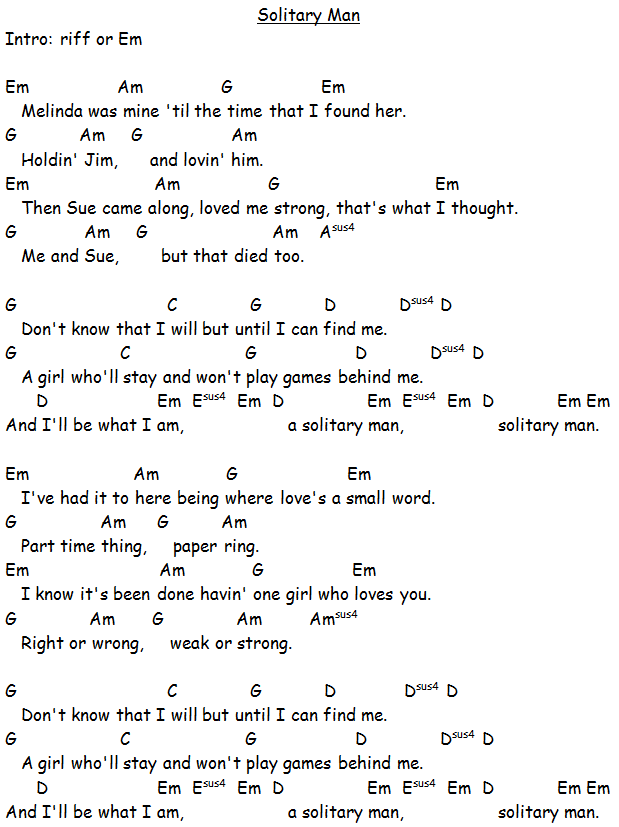
Attacking preparatory blows . Not very strong twisted blows (“rolling”) are designed to seize the initiative, to prepare for winning a point; are carried out at the first opportunity and sent to the most vulnerable place for the enemy. The attacking player often delivers a series of medium-strength attack shots in an attempt to force the opponent to play the ball a little shorter and higher than usual.
Counterattacks . Offensive strikes performed in response to an opponent's attacking strikes. Often lead to the interception of the initiative, to the immediate scoring of a point.
Finishing blows . Very strong shots designed to win a point immediately. The finishing blow usually follows after appropriate preparation with attacking directing blows. Against players with very strong defenses, long preparation usually does not lead to the desired results. The finishing blow is delivered unexpectedly when the opponent is in an uncomfortable position.
Short strokes . Shortened strikes are among the effective methods of attack. They often give instant point scoring against players defending with cuts a few meters from the table. It is advisable to send a shortened ball in the center, and not to the edges of the table. A centered ball before the second landing will always be above the table surface and is more difficult to deflect than a side-shortened ball, since in this case the ball before the second landing often goes beyond the table top and the opponent manages to intercept it before it falls on the floor.
The best response to a short cut is also a short cut or a finishing blow performed in a throw.
Protective strikes . Slicing strikes are the most common defense against curved offensive strikes. The main advantage of this method of defense is that cut strikes to the right and left can be performed one and a half meters or more from the table, where the speed of the ball is already decreasing, the impact force imparted to the ball by the opponent is lost.

